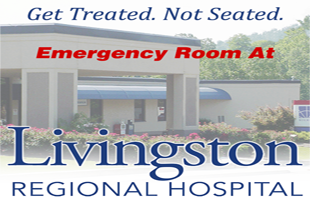With wildlife causing issues at the Upper Cumberland Regional Airport, a new grant will help assess the extent of the issue and possible solutions.
Airport Director Dean Selby said the facility received a $17,000 grant from USDA. He said USDA crews will spend a year devising a plan for how to keep wildlife, including deer and coyotes, off of airport grounds.
“It’s a necessary thing going forward as the airport grows and moves into that next category of Part-139 Certified where we will be certified to handle commercial operations,” Selby said. “But it also creates a safer environment for the current users of the airport.”
Selby said the runways are the biggest issue. He said the assessment is set to begin in the next few months. Selby said wildlife cameras will monitor plants and animals on airport property. That data will be used to create a list of projects meant to mitigate hazardous wildlife.
“We’ve been talking about redoing the fencing around here,” Selby said. “Because our fencing is really short just four to six-foot fencing around the airport and a correct wildlife fence is 10-12 feet tall, so that’s one of the things we need and we need the data to prove that it’s necessary.”
Selby said he also expects the USDA to take a close look at areas where rainwater puddles. He said puddles attract birds, and birds attract larger animals. He said five percent of the grant will come from the airport, five from the state, and 90 percent from the federal government.
“The reason we entered an agreement with the USDA is because they’re already on the approved list,” Selby said. “Being another government agency, we obviously can’t hire an outside outside contractor to do it any cheaper than that.”
He said the USDA will absorb much of the cost of the project through government funding mechanisms. He said this is the best way to keep costs down while also keeping the airport as safe as possible.
“This is invaluable to help it grow, but it’s also invaluable just to keeping it safe,” Selby said. “Without federal participation in airports, some of the costs would be just too much for the local economies to bare and for the local airports to bare.”
 News Talk 94.1/AM 1600 Where The Upper Cumberland Talks
News Talk 94.1/AM 1600 Where The Upper Cumberland Talks




